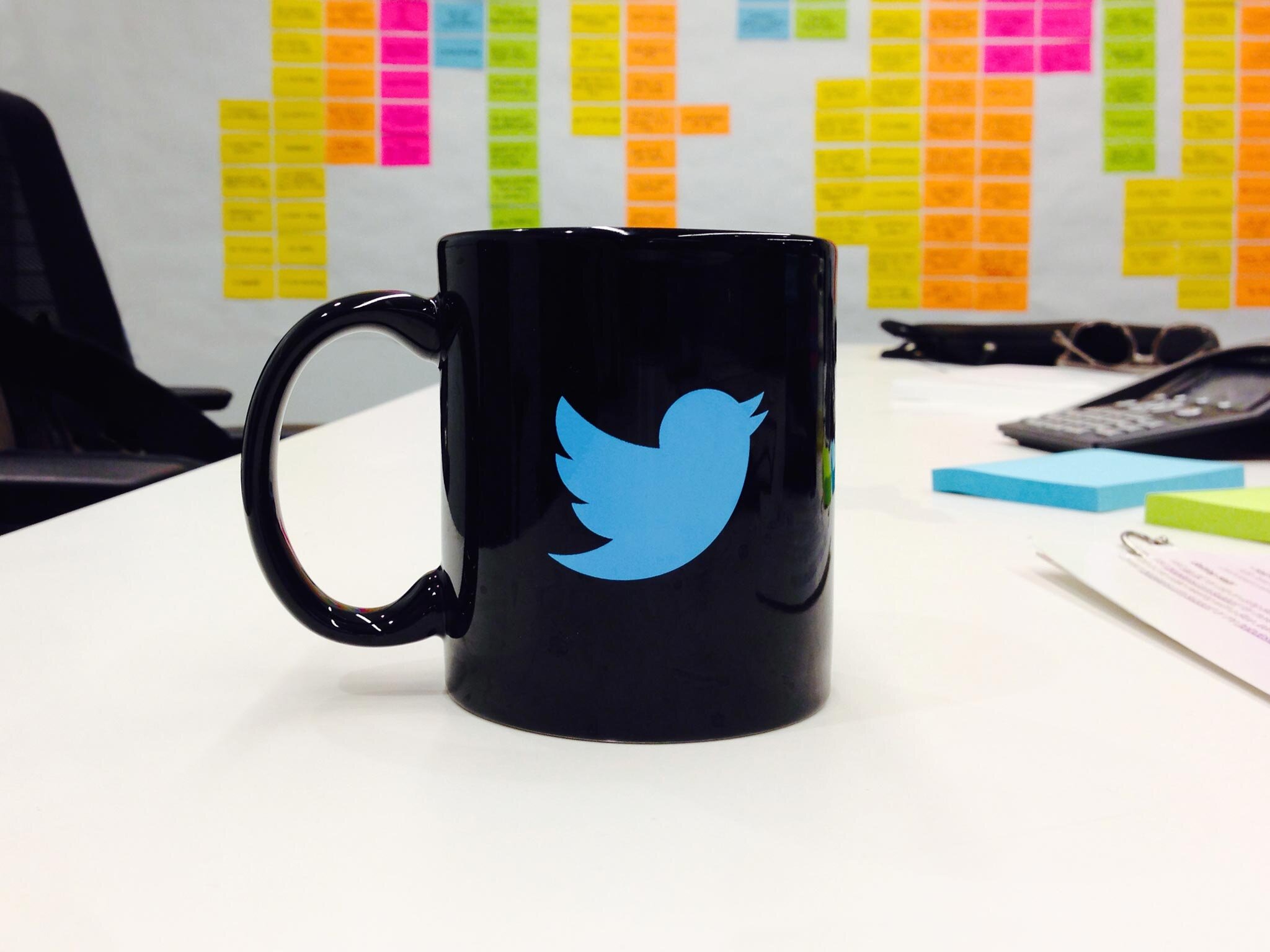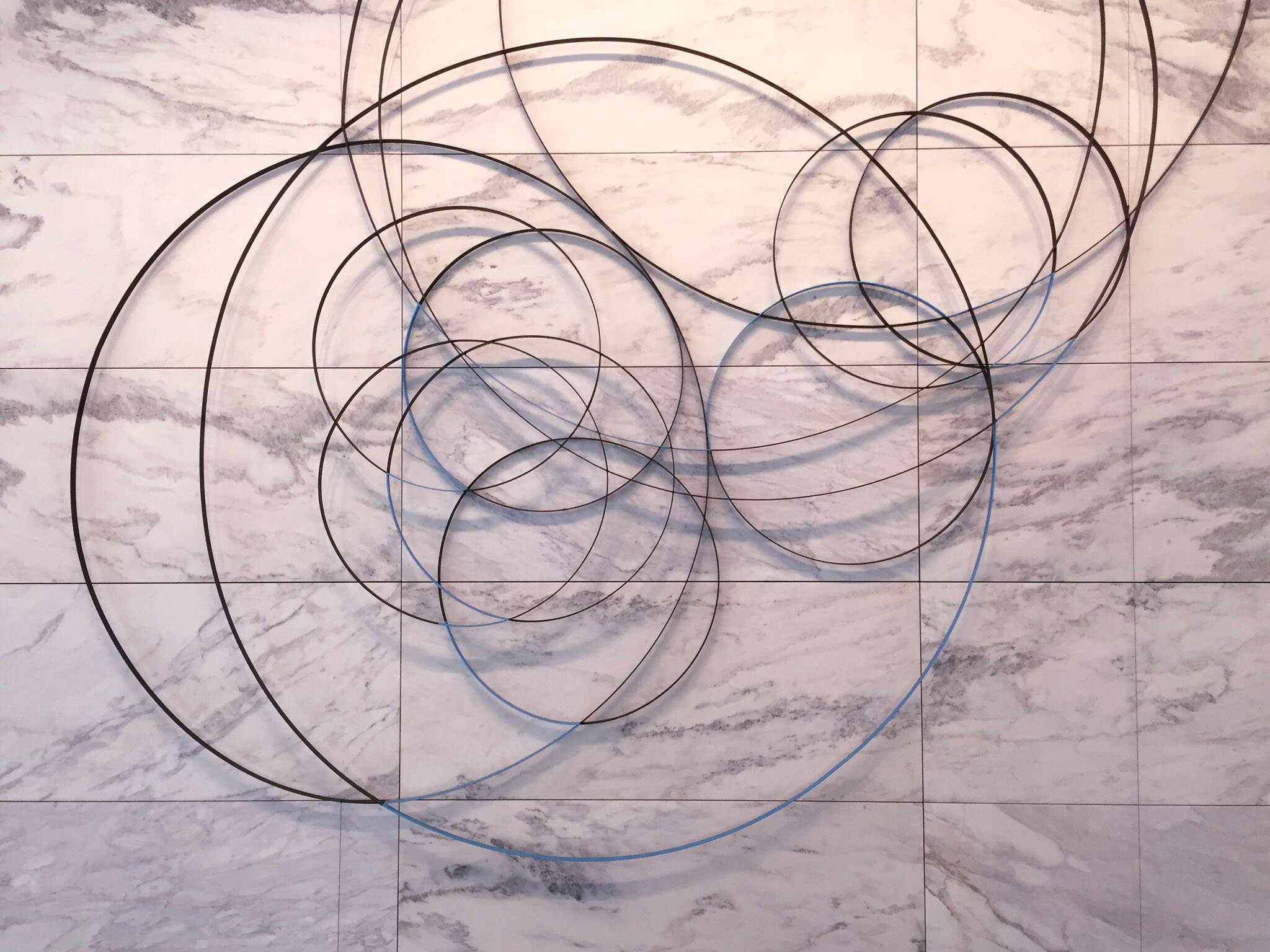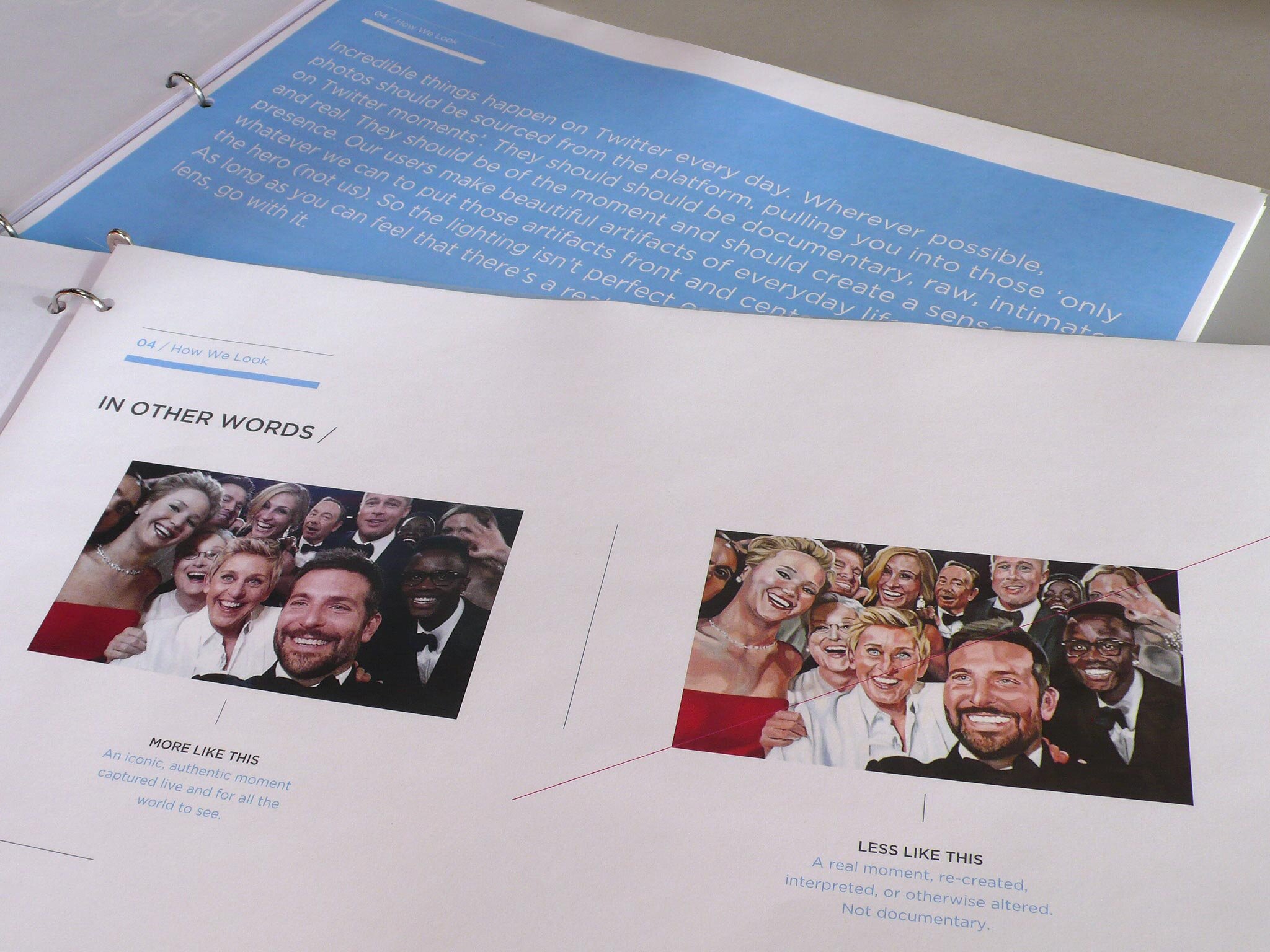
So, Twitter. Have to say, when they first called, we jumped. Twitter is a household name. But it’s a company whose true mission was a bit hard to pin down. Their rapid rise from SMS service to cultural phenomenon had come at a cost—an ostensibly rudderless brand where each new marketing push was a brand reinvention. We were hired by a brand leader who was lacking a law book to quell the melee. We helped figure out (in a pithy way) what Twitter actually believes it stands for. We crafted a simple, clear distillation of the brand’s raison d’être (coming in neatly at just under 140 characters, of course). And we collaborated with their internal creative team to build real guidelines for look, feel, and voice. Sure there’ve been a few missteps (and a boatload of changes) since we wrapped up our gig, but we’ve got a good feeling about this one.
Maybe Jack has what he needs to finally turn that boat around…

The Problem
—
The Twitter brand seemed to be fraying at the edges.
Twitter is a young company that (until recently) had only known explosive growth. Their bootstrap culture empowers every employee to shoot first and ask questions later. Which is great for millennial morale, great for innovation, and well, not so hot for the brand. As a consequence of their individualism, their brand standards were a mess. Every internal team had its own bird-based avatar, which looked cool individually, but chaotic en masse. Their redrawn upbeat bird hadn’t completely replaced the original “Sad Larry” which managed to linger on in every corner of the internet. And Twitter’s international satellites, with their own disconnected creative teams, were liberally applying their own homegrown versions of the brand to everything from club flyers to luxury yachts. We were brought in to create a concise, comprehensive, and most of all, authoritative brand bible to establish an enforceable standard both inside and outside the company. Brand bibles aren’t exactly our bread and butter, but hey, when Twitter @mentioned us, we didn’t #hesitate.


The Research
—
We got 99 problems but the bird ain’t one. None of us can agree on what Twitter actually is. And we look like a goat rodeo.
We’d be lying if we didn’t say we felt a bit common every time we walked through the doors at 1455 Market. That place is practically teeming with brilliant Stanford grads. And former State Department appointees. And Hollywood drop-outs. Seriously, the talent level is off the hook. Which is what made our research interviews such a blast. Over the course of a few weeks, we met with everyone from hardcore engineers to the people who coached the CIA (and the Pope for God’s sake) on how to cultivate their Twitter personas. We talked to folks in India and China and Ireland and Brazil. And almost everywhere in between. And what we heard was, in essence, that the company didn’t need a bunch of crazy rules. That’s not in their DNA. They wanted some structure. But less scaffolding. They were used to being nimble, taking risks, and living with (near constant) change. It’s who they are. It’s how they do.

But here’s the thing: The Twitter brand is an inherently voluminous vessel. Everybody uses it differently. And nobody (even on the inside) can agree on what it’s for exactly. Or at least that’s what we heard the minute we got busy asking. What started out as a pretty straightforward, old-school branding gig—largely focused on creating clearer standards around look and feel and greater consistency of tone and voice—morphed pretty quickly into an introspective exercise in codifying what Twitter actually stands for. Why? Because they’d basically let the world tell their story for them. They’d allowed users and the press to define what Twitter represents. And, as anyone who’d been through the IPO can tell you, that wasn’t working out so well. Now, as the company struggled to get back to basics and go after their next 750 million users, they found themselves without a voice and without a narrative rudder. They couldn’t explain to themselves, much less the rest of the world, why they mattered.
This wasn’t about needing a pithy catchphrase. In fact, they’d had plenty of those in the past. Whether it’s ‘Twitter brings you closer’ or ‘global town square’, or ‘real-time, public, conversational, and widely-distributed’ (whatever that actually means), nothing seemed to have really stuck. Possibly because they were all largely about the product—not the brand. They weren’t telegraphing a real, tangible reason for being. They weren’t helping people at HQ figure out what to do, or better yet, what not to do. As one ex-Googler (of which there are legion) told us, not having a clear purpose that everyone could get behind and understand was causing serious pain—and showing up in the form of a chaotic, unfocused, alienating user experience across a platform covered in scaffolding. It was time to grow up (without getting old). Time to rediscover what makes Twitter, Twitter. And time to find a better way of talking about the brand.

The Insight
—
Twitter is all about voice.
Parsing all the info we collected through our interviews was tough. There was so much good stuff, but it was all over the map. The challenge was clear: How were we supposed to take all of these conflicting viewpoints and stitch together a coherent story? Within the walls of HQ you could talk to ten people and get as many tales of where the company came from and where it was going. Oh, and then there are the global challenges: Germans don’t like ranting publicly. Indians use Twitter as IM. Russia and Twitter are frenemies. And so on. Add to the mix that Twitter is notoriously arcane to newbies and that its die-hard users scream bloody murder whenever the product is tweaked. Under the ever growing shadow of Facebook, the company was under intense pressure to grow their user base.
Lots of Post-It notes needed to die, but after too many iterations to count (and giving up more than once), a picture finally emerged. See, we were trying to talk about Twitter. But Twitter is not about Twitter.
Twitter is a vehicle, a conduit, a champion and a connector. And the thing that makes it uniquely powerful is voice. But not Twitter’s voice. The user’s voice. Twitter’s employees make an amazing product, but its users make that product amazing. HQ makes it accessible, transparent, and human. But users make it creative, intimate, and generous. And when you see the world through the users’ eyes, things get super clear, super fast. Unlike nearly any other brand, Twitter’s value proposition is something that everyone delivers on. Collectively. By being on Twitter, anyone can make Twitter bigger, better, more real. Whether or not you post—or whether or not you’re actually even using the app—the collective power of Twitter is that (literally) everything happens there. Everyone is involved. It’s happening now. You’re in it. And it’s everywhere (from the scroll at the bottom of the newscast, to a pull quote in the WSJ, to Twitter Moments, to your timeline).


The Answer
—
Keep it simple, stupid.
After aligning around the idea that everything happens on Twitter (thank you, whoever internally first coined the phrase) and filling it with meaning, we shifted gears to translating a set of attributes we had derived from all of our conversations into a framework for voice and design. Nice thing is, you can explain the attributes with more than just your run-of-the-mill brand book jibber-jabber. You can (as we did) pull actual tweets—from the likes of Patrick Stewart, the American Red Cross, the Mars Rover, and Wael Ghonim (the internet activist whose tweets sparked the Egyptian Revolution and landed him on Time Magazine’s 100 most influential people of 2011)—and use them to explain what the brand stands for in a demonstrable way that people can completely get on board with.



The Work
—
Stop, collaborate and listen.
With the hard work behind us, we set out to translate these bigger ideas into sensible guidelines around voice, tone, and look and feel. We didn’t need to make any huge conceptual leaps here. When your voice is your users’ voice, you should probably talk like your users do. You should probably look like your users do too. To develop how that would actually turn out, we teamed up with the writing and design teams at Twitter. We introduced the big brand themes, offered some general guidelines, answered a slew of incisive questions, and let them run.
This homegrown effort, with a bit of gentle nudging and prodding from our end, resulted in an authentic, pointed, and fluent set of guidelines that could grow as the company grew. It covered everything from writing in different contexts (marketing vs in-product for example), photography (use user photography first), illustration (keep it simple), avatars, video, color and typography. The best thing about these guidelines however, is that they were self-imposed by the people who would eventually follow them.
The goal, of course, was to document the dos and don’ts with enough specificity to be practically useful but to do so with enough openness to let the guidelines serve as a living, breathing document—not some massive tome that gets cranked out and slipped in a drawer to be ignored forevermore. They needed to be terse and have just the right amount of granularity—something that their previous brand standards lacked. And they needed to be easily adopted by different divisions in different geographies and seen as something helpful, not punitive or overly prescriptive. That’s why it took us and the team nearly 20 revs to get to a final, locked set of standards. All grounded by a simple and clear distillation of what the brand stood for and why it matters.
“I’ve worked with the Sequitur team across a variety of important projects, and they are incredible partners and creative thinkers who consistently impress me with the quality of their work and their approach to solving problems. As strong strategic leaders, they do an incredible job of driving complex, challenging projects with stakeholders at all levels within an organization, and are quite skilled at building consensus amongst teams. They are flexible, imaginative and versatile, with a real talent for distilling things down to their essence. Excellent collaborators and true partners!”
Lisa Carey, Director of Global Consumer Marketing & Brand Strategy








The Ending
—
One purpose. One brand.
The Twitter brand has become an instantly recognizable symbol for self-expression and individual empowerment the world over. To strengthen and protect the brand, we helped frame up a better way to tell that story in a coherent, unified way. To us, brand is what you stand for. It’s what you promise—and how you make good on that promise. For Twitter, all that was lacking (really) was a simpler way of characterizing their promise—and better tools for delivering it more consistently, truthfully, and compellingly. Even though they asked us for guidelines, what they got was a good hard look in the mirror, and ultimately a better way to look, sound, and act precisely like themselves.
And even though we wish we could still just drop in for lunch any old time we please, we’ve been stoked to see them flying solo since—in their own weird way.
What We Did
